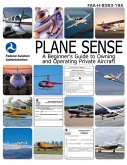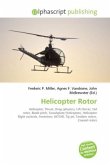The etheric plane (see also Etheric body) is a term introduced into Theosophy by Charles Webster Leadbeater and Annie Besant to represent one of the planes of existence in neo-Theosophical and Rosicrucian cosmology. It represents the fourth[higher] subplane of the physical plane (a hyperplane), the lower three being the states of solid, liquid, and gaseous matter. The idea was popularised in books by Alice Bailey, Rudolf Steiner, Walter John Kilner and others. The term aether (also written as "ether") was adopted from ancient Greek philosophy and science into Victorian physics (see Luminiferous aether) and utilised by Madame Blavatsky to correspond to akasha, the fifth element (quintessence) of Hindu metaphysics. The Greek word aither derives from an Indo-European root aith- ("burn, shine"). Blavatsky also related the idea to the Hindu Prana principle, the vital, life-sustaining force of living beings, present in all natural processes of the universe. Prana was first expounded inthe Upanishads, where it is part of the worldly, physical realm, sustaining the body and the mind.
Bitte wählen Sie Ihr Anliegen aus.
Rechnungen
Retourenschein anfordern
Bestellstatus
Storno








